Electrical cables are a crucial component of any electrical system, allowing electricity to flow efficiently and safely from one point to another. There are various types of electrical cables available, each designed for specific applications and environments. This article provides a comprehensive list of the most commonly used electrical cable types, their characteristics, and applications. 1. Nonmetallic Sheathed Cable (NM): Nonmetallic sheathed cable, also known as Romex, is widely used for residential and commercial wiring. It consists of two to four insulated wires wrapped in a nonmetallic sheath made of PVC. NM cables are versatile and can be used for various applications, including general power distribution, lighting, and indoor wiring. 2. Underground Feeder Cable (UF): Underground feeder cable is specifically designed for outdoor and underground installations. It has similar construction to NM cable but incorporates a protective jacket that makes it resistant to moisture and sunlight. UF cables are commonly used for wiring outdoor lighting,
wire and cable
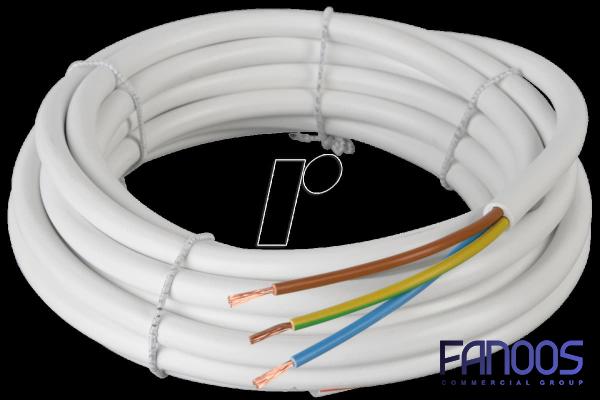 underground circuits, and residential outdoor applications. 3. Armored Cable (AC): Armored cable, also known as BX cable, is a versatile electrical cable primarily used for commercial and industrial installations. It consists of insulated wires encased in a flexible aluminum or steel armor. The armor provides additional protection from physical damage, reducing the risk of electrical faults. AC cables are commonly used in dry, exposed locations where additional durability is required. 4. Mineral-Insulated Cable (MI): Mineral-insulated cable is a unique type of cable known for its exceptional fire resistance and durability. It consists of copper conductors placed inside a seamless copper tube filled with magnesium oxide insulation. MI cables are mainly used in high-temperature environments, such as fire alarms, emergency lighting circuits, and industrial applications where fire safety is a priority. 5. Single-Core Cable: Single-core cables are designed with a single conductor and typically used for higher voltage applications.
underground circuits, and residential outdoor applications. 3. Armored Cable (AC): Armored cable, also known as BX cable, is a versatile electrical cable primarily used for commercial and industrial installations. It consists of insulated wires encased in a flexible aluminum or steel armor. The armor provides additional protection from physical damage, reducing the risk of electrical faults. AC cables are commonly used in dry, exposed locations where additional durability is required. 4. Mineral-Insulated Cable (MI): Mineral-insulated cable is a unique type of cable known for its exceptional fire resistance and durability. It consists of copper conductors placed inside a seamless copper tube filled with magnesium oxide insulation. MI cables are mainly used in high-temperature environments, such as fire alarms, emergency lighting circuits, and industrial applications where fire safety is a priority. 5. Single-Core Cable: Single-core cables are designed with a single conductor and typically used for higher voltage applications.
Specifications of wire and cable
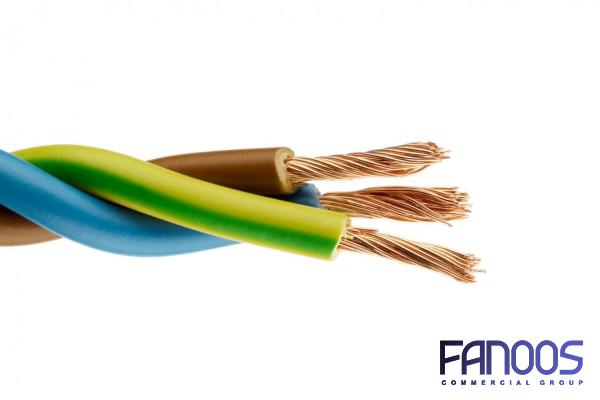 They are commonly used in power distribution networks, industrial machinery, and high-voltage systems. Single-core cables often come with insulation and sheathing to protect against electrical faults and environmental factors. 6. Multi-Core Cable: Multi-core cables are constructed with multiple conductors within a single cable, allowing for the transmission of multiple signals or power feeds. They are often used in applications where multiple connections are needed, such as audio systems, networking, and control wiring. 7. Coaxial Cable: Coaxial cables are widely used in communication systems, including cable television, internet networks, and telecommunications. They consist of a central conductor, insulation, a conductive shield, and an outer insulating jacket. Coaxial cables are designed to minimize signal loss and interference, making them ideal for transmitting high-frequency signals over long distances. 8. Twisted Pair Cable: Twisted pair cables are commonly used in computer networks, telephone systems, and data transmission applications. They consist of two insulated copper wires twisted together to reduce electromagnetic interference. Twisted pair cables are available in different categories, such as Cat5, Cat6, and Cat7, each providing varying levels of bandwidth and data transfer rates. 9. Fiber Optic Cable: Fiber optic cables use glass or plastic fibers to transmit data as pulses of light. They offer extremely high bandwidth, low signal loss, and immunity to electromagnetic interference. Fiber optic cables are extensively used in telecommunications, internet infrastructure, and high-speed data transmission applications.
They are commonly used in power distribution networks, industrial machinery, and high-voltage systems. Single-core cables often come with insulation and sheathing to protect against electrical faults and environmental factors. 6. Multi-Core Cable: Multi-core cables are constructed with multiple conductors within a single cable, allowing for the transmission of multiple signals or power feeds. They are often used in applications where multiple connections are needed, such as audio systems, networking, and control wiring. 7. Coaxial Cable: Coaxial cables are widely used in communication systems, including cable television, internet networks, and telecommunications. They consist of a central conductor, insulation, a conductive shield, and an outer insulating jacket. Coaxial cables are designed to minimize signal loss and interference, making them ideal for transmitting high-frequency signals over long distances. 8. Twisted Pair Cable: Twisted pair cables are commonly used in computer networks, telephone systems, and data transmission applications. They consist of two insulated copper wires twisted together to reduce electromagnetic interference. Twisted pair cables are available in different categories, such as Cat5, Cat6, and Cat7, each providing varying levels of bandwidth and data transfer rates. 9. Fiber Optic Cable: Fiber optic cables use glass or plastic fibers to transmit data as pulses of light. They offer extremely high bandwidth, low signal loss, and immunity to electromagnetic interference. Fiber optic cables are extensively used in telecommunications, internet infrastructure, and high-speed data transmission applications.
buy wire and cable
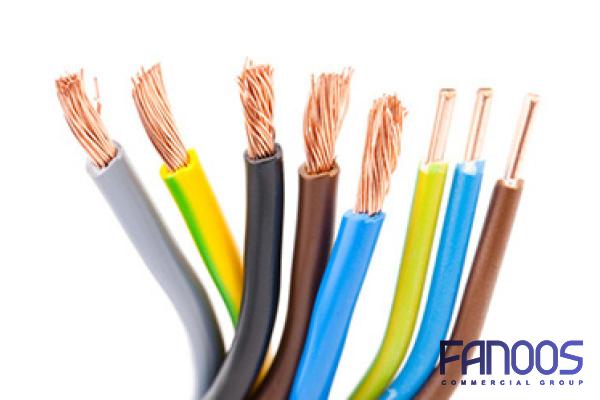 10. High-Temperature Cable: High-temperature cables are designed to withstand extreme heat conditions without compromising their electrical properties. These cables are often used in furnaces, ovens, industrial machinery, and other high-temperature applications where traditional cables may degrade or fail. 11. Submarine Cable: Submarine cables are specifically designed for underwater applications, such as telecommunications and offshore power transmission. They are constructed with robust materials and insulation to withstand harsh underwater conditions, including high pressure, corrosive environments, and extreme temperatures. 12. Solar Cable: Solar cables are specially designed to withstand exposure to sunlight and extreme weather conditions. They are used in solar power systems to connect solar panels to batteries, inverters, and other electrical components. Solar cables are usually UV resistant and capable of handling high currents and voltages. In conclusion, electrical cables come in various types to suit different applications and environments. It is essential to select the appropriate cable type based on factors such as voltage requirements, environmental conditions, physical protection needs, and signal transmission requirements. Choosing the right cable type ensures efficient and safe electrical connectivity in both residential and industrial settings.
10. High-Temperature Cable: High-temperature cables are designed to withstand extreme heat conditions without compromising their electrical properties. These cables are often used in furnaces, ovens, industrial machinery, and other high-temperature applications where traditional cables may degrade or fail. 11. Submarine Cable: Submarine cables are specifically designed for underwater applications, such as telecommunications and offshore power transmission. They are constructed with robust materials and insulation to withstand harsh underwater conditions, including high pressure, corrosive environments, and extreme temperatures. 12. Solar Cable: Solar cables are specially designed to withstand exposure to sunlight and extreme weather conditions. They are used in solar power systems to connect solar panels to batteries, inverters, and other electrical components. Solar cables are usually UV resistant and capable of handling high currents and voltages. In conclusion, electrical cables come in various types to suit different applications and environments. It is essential to select the appropriate cable type based on factors such as voltage requirements, environmental conditions, physical protection needs, and signal transmission requirements. Choosing the right cable type ensures efficient and safe electrical connectivity in both residential and industrial settings.
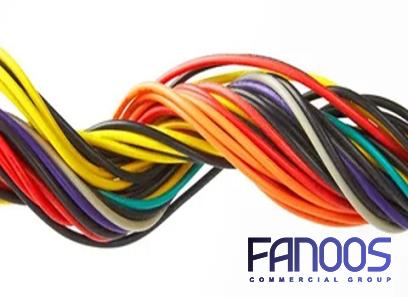
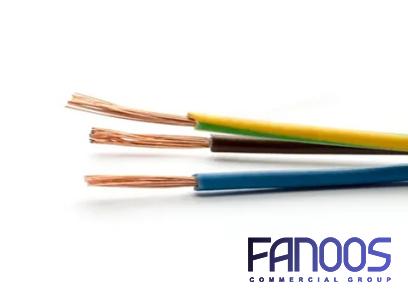
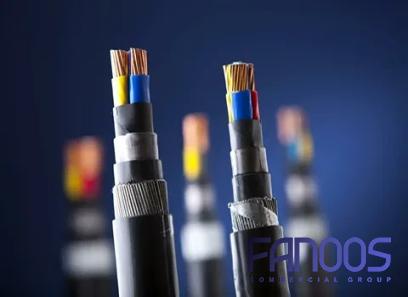
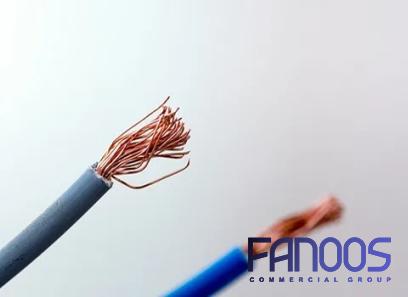
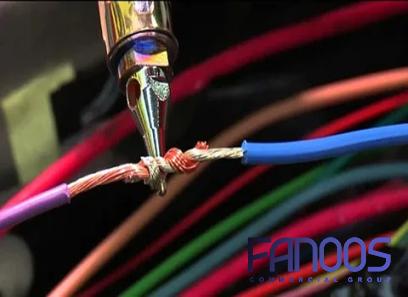
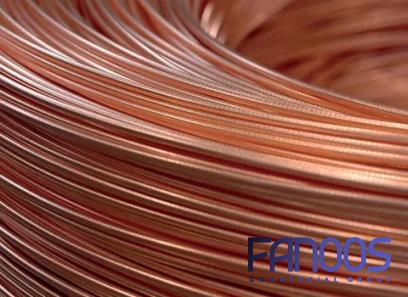
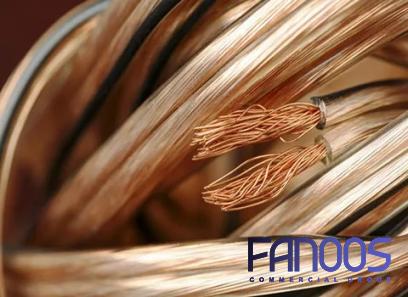
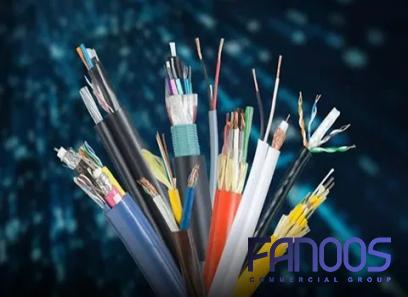
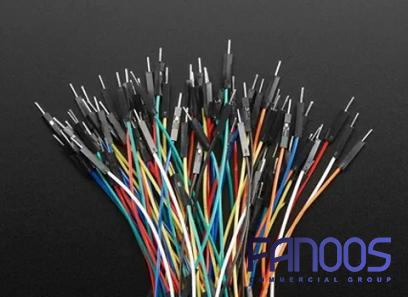
Your comment submitted.